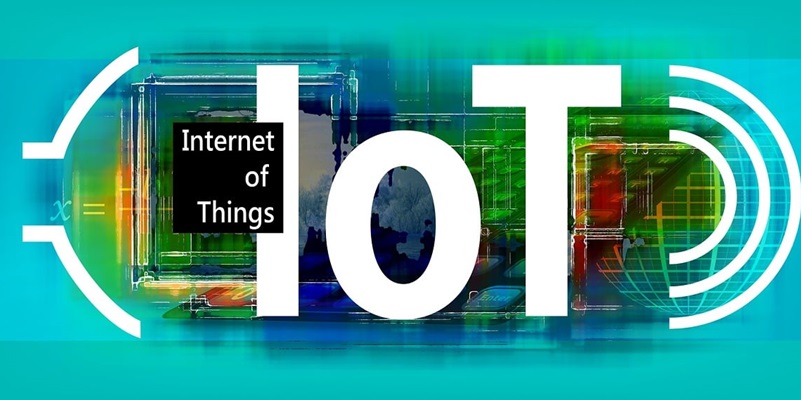The transformative impact of Internet of Things (IoT) satellite network technology is reshaping how industries communicate, leveraging satellites to facilitate interaction between IoT devices globally. Traditional terrestrial networks often fail to cover remote or underserved regions, leading to inconsistent data flow and communication breakdowns. IoT satellite networks solve this issue by ensuring consistent, reliable data transmission regardless of geographic location. This groundbreaking technology not only enhances connectivity but also revolutionizes various industries by optimizing operations, improving safety, and enabling data-driven decision-making processes.
IoT satellite networks rely on a unique operational mechanism where IoT devices collect environmental data or measure parameters such as location, temperature, and humidity. This data is transmitted either directly to satellites or via intermediate ground stations, contingent on the satellite’s orbit. Subsequently, the satellite forwards the information to a ground station, where it’s processed and relayed to central systems or cloud platforms for analysis. The insights derived from this analysis can significantly inform decision-making and are communicated back to the IoT devices as needed, closing the loop of data exchange and action.
Applications in Agriculture and Environmental Monitoring
In agriculture, IoT satellite networks have brought forth precision farming, which optimizes irrigation, fertilization, and crop management practices through real-time data collection. Sensors deployed in fields gather critical data such as soil moisture, crop health, and prevailing weather conditions. This information is transmitted to satellites, processed, and analyzed to provide actionable insights to farmers. By leveraging these insights, farmers can make informed decisions that enhance irrigation efficiency, boost crop yields, and reduce resource wastage, ultimately promoting sustainable agricultural practices.
Environmental monitoring stands to gain immensely from IoT satellite networks. Satellites equipped with sensors track air quality, water levels, and forest health, providing real-time data crucial for disaster management and conservation efforts. For instance, data on water levels can predict flooding risks, allowing for timely interventions and mitigating potential damage. Similarly, monitoring air quality helps track pollution sources and trends, facilitating swift action to improve public health. These applications are pivotal in proactive environmental stewardship and preserving natural resources for future generations.
Enhancements in Maritime Industry and Remote Infrastructure Monitoring
The maritime industry faces unique challenges due to its operations often occurring in remote oceanic areas. IoT satellite networks enhance vessel tracking, cargo condition monitoring, and communication, significantly improving compliance, operational efficiency, and safety. Real-time tracking of vessels allows for better navigation and route optimization, leading to reduced fuel consumption and costs. Additionally, monitoring cargo conditions ensures the integrity and safety of transported goods, mitigating the risk of loss or damage during transit. Reliable communication provided by IoT satellites ensures continuous contact with vessels, even in the most isolated regions.
Similarly, remote infrastructure such as pipelines, power lines, and communication towers benefit from continuous monitoring capabilities provided by IoT satellite networks. These critical infrastructures are often situated in remote locations, where traditional monitoring methods are impractical. IoT devices collect data on operational parameters, structural integrity, and potential faults, transmitting this information to satellites. Timely maintenance and prompt repairs are facilitated by real-time alerts, reducing the risk of failures and ensuring uninterrupted service delivery. This proactive approach enhances the reliability and longevity of critical infrastructure systems.
The Broader Impact and Future of IoT Satellite Networks
The transformative power of Internet of Things (IoT) satellite network technology is changing the way industries communicate, using satellites to enable global IoT device interaction. Traditional terrestrial networks often fall short in remote or underserved areas, causing inconsistent data flow and communication breakdowns. IoT satellite networks address this problem by ensuring reliable data transmission regardless of location, enhancing connectivity and revolutionizing various industries. This technology helps optimize operations, improve safety, and fosters data-driven decision-making.
IoT satellite networks operate uniquely; IoT devices gather environmental data or measure parameters such as location, temperature, and humidity. This data is sent directly to satellites or through intermediary ground stations, depending on the satellite’s orbit. The satellite then forwards this information to a ground station, where it’s processed and sent to central systems or cloud platforms for analysis. Insights gleaned from this analysis can drive significant decision-making and are communicated back to IoT devices as needed, completing the data exchange and action loop.

